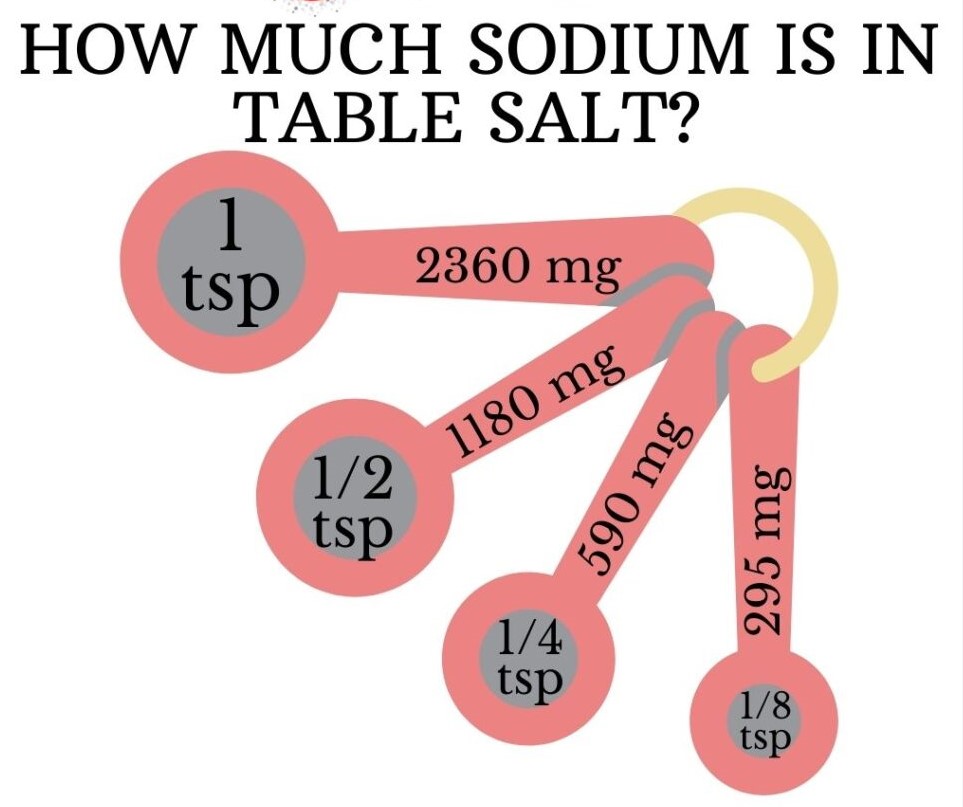Microplastics Make Their Way from the Gut to Other Organs,UNM Newsroom!]UNM Researchers FindIn a recent paper published in the journal Environmental Health Perspectives, University of New Mexico researchers found that those tiny particles – microplastics – [could have an] impact on our digestive pathways, making their way from the gut and into the tissues of the kidney, liver and brain.Scientists estimate that people ingest 5 grams [5,000 mg] of microplastic particles each week on average – equivalent to the weight of a credit card. [What!? Really? . . . . Actually, not really. It is ~3 mg/week. That is a typo. Bad UNM Newsroom, bad, bad
~3 mg microplastics/week isn't very much,
but it accumulates and we don't know how potent it is
in eliciting good or bad biological responses
While other researchers are helping to identify and quantify ingested microplastics, Castillo and his team focus on what the microplastics are doing inside the body, specifically to the gastrointestinal (GI) tract and to the gut immune system.
Over a four-week period, Castillo, postdoctoral fellow Marcus Garcia, PharmD, and other UNM researchers exposed mice to microplastics in their drinking water. The amount was equivalent to the quantity of microplastics humans are believed to ingest each week.
Microplastics had migrated out of the gut into the tissues of the liver, kidney and even the brain, the team found. The study also showed the microplastics changed metabolic pathways in the affected tissues.
In a paper published in the journal Cell Biology & Toxicology in 2021, Castillo and other UNM researchers found that when macrophages encountered and ingested microplastics, their function was altered and they released inflammatory molecules.
Well this is interesting. One’s brain-mind wanders, being addled with plastics and all. Nanoplastics, the inevitable decay products of microplastics, can cross cell membranes and enter directly into cytoplasm. What fun! Wonder what that will do. Can they test for microplastics without cutting out your brain? Maybe there’s no advanced civilization in the universe because they all discover plastic and it kills them. This could be is our generation’s answer to the joy of lead paint and popcorn ceilings loaded with asbestos!
My goodness, there is so much fun stuff to think about here.
________________________________________________________________
________________________________________________________________
The Hill reports about an unexplained absence of the USSC’s oldest fart on the bench, Clarence Thomas:
Supreme Court Justice Clarence Thomas was absent from the court Monday with no explanation. Thomas, 75, also was not participating remotely in arguments, as justices sometimes do when they are ill or otherwise can’t be there in person.Chief Justice John Roberts announced Thomas’ absence, saying that his colleague would still participate in the day’s cases, based on the briefs and transcripts of the arguments. The court sometimes, but not always, says when a justice is out sick.
Good old USSC. It likes to keep the rabble in the dark and fed full of BS. In this case, we are fed BS consisting of nothing at all. We don’t deserve to know when justice is deathly ill, just like when RBG up and dies on us so that DJT could appoint another authoritarian radical right monster to the court.
________________________________________________________________
________________________________________________________________
I guess Trump’s rapper name is Sleepy-D!
DJT as baby giving the stink eye
to the reporter
DJT as dog doing stink eye
DJT as DJT giving all of us the stink eye
Greta Thunberg giving DJT
the stink eye
________________________________________________________________
________________________________________________________________
For three-and-a-half long hours on Jan. 29, the cellphone in 6-year old Hind Rajab’s hands was the closest thing she had to a lifeline. Alone in the back seat of a car outside a Gaza City gas station, she was drifting in and out of consciousness, surrounded by bodies, as she told emergency dispatchers that Israeli tanks were rumbling closer.Paramedics were on their way, the dispatchers kept telling her: Hold on. The paramedics were driving to their deaths.Twelve days later, when a Palestinian civil defense crew finally reached the area, they found Hind’s body in a car riddled with bullets, according to her uncle, Samir Hamada, who also arrived at the scene early that morning. The ambulance lay charred roughly 50 meters away (about 164 feet) from the car, its destruction consistent with the use of a round fired by Israeli tanks, according to six munitions experts.
In a statement, the Israel Defense Forces said they conducted a preliminary investigation and that its forces were “not present near the vehicle or within the firing range” of the Hamada family car. Nor, they said, had they been required to provide the ambulance permission to enter the area. The State Department said it has raised the case repeatedly with the Israelis. “The Israelis told us there had, in fact, been IDF units in the area, but the IDF had no knowledge of or involvement in the type of strike described,” said spokesman Matt Miller.A Washington Post investigation found that Israeli armored vehicles were present in the area in the afternoon, and that gunfire audible as Hind and her cousin Layan begged for help, as well as extensive damage caused to the ambulance, are consistent with Israeli weapons. The analysis is based on satellite imagery, contemporaneous dispatcher recordings, photos and videos of the aftermath, interviews with 13 dispatchers, family members and rescue workers, and more than a dozen military, satellite, munitions and audio experts who reviewed the evidence, as well as the IDF’s own statements.








No comments:
Post a Comment